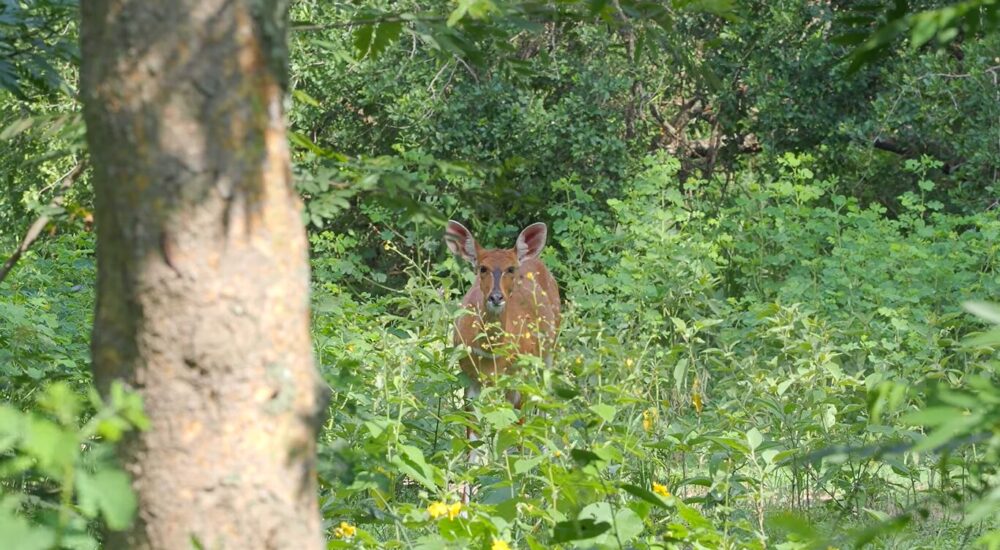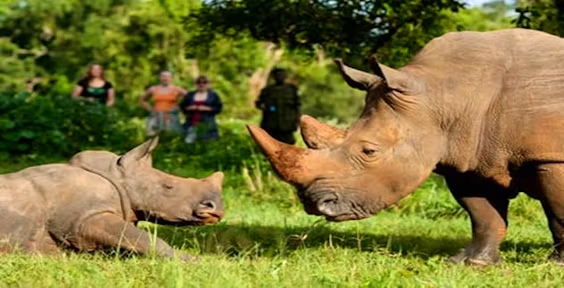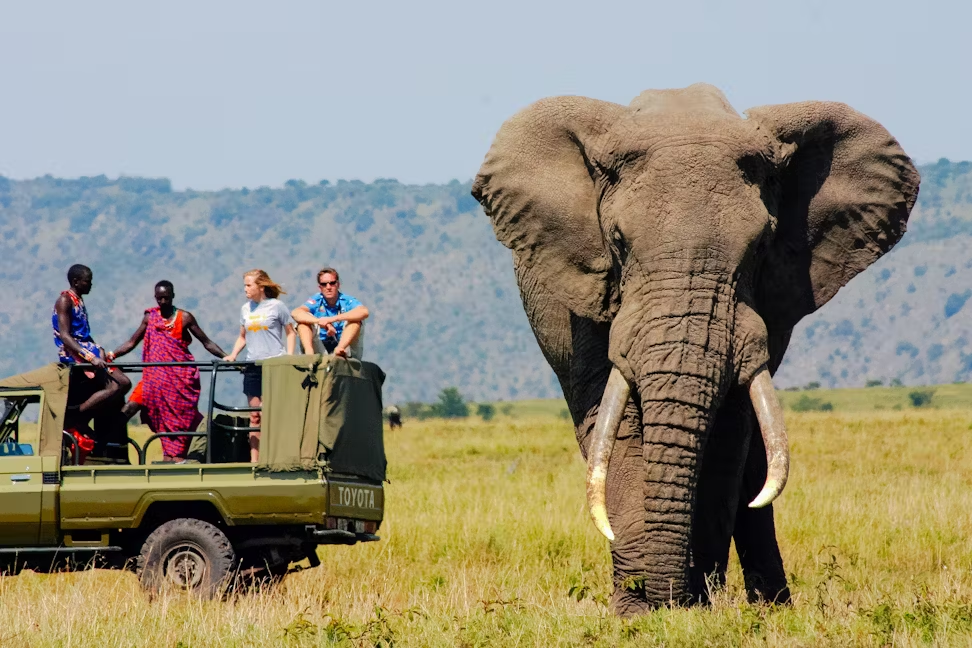Are you dreaming of a wildlife adventure in East Africa? Planning your safari for 2025…
The safety measures and precautions in place for gorilla trekking in Uganda.
The safety measures and precautions in place for gorilla trekking in Uganda.
The gorilla trekking in Uganda is one of the most exciting wild animal encounters in the world, offering a chance to view this endangered mountain gorilla in its natural setting. Every wilderness adventure requires safety first and foremost, and so does gorilla trekking in Uganda.
As a result, the country has instituted elaborate measures and precautions for safety so that the trekkers and the gorillas are duly protected. Here is a summary of the main existing safety precautions for gorilla trekking in Uganda.
Health and Safety Briefings
Before any visitor embarks on a gorilla trek, they are taken through a briefing session by UWA rangers. In this briefing session, the ranger guides will give detailed information about what to expect during the trek, the rules to follow when the gorillas are met, among other information concerning safety.
It provides briefing on critical aspects, such as keeping a distance, avoiding abrupt movements, and not setting direct eye contact with the gorillas; these acts might be perceived as threatening.
The briefing also stresses hygiene in order to protect the gorillas from diseases that may be transmitted by humans. Because mountain gorillas share about 98% of their DNA with humans, they are extremely susceptible to illness contracted from humans, especially infections of the respiratory kind.
Trekkers who are feeling poorly must not go on the expedition, and it is obligatory to keep at least seven meters away from the gorillas in order to minimize the transmission of diseases .
Experienced and Trained Guides
Some of the major precautions for safety in gorilla trekking are that there exist experienced and trained guides. Every gorilla trekking group is taken by UWA experienced rangers and trackers who are knowledgeable about the behavior of gorillas and about the terrains of these forests.
These are very instrumental guides in leading the way out, clearing paths, and communicating with each other via radio in order to locate the gorilla families.
These guides undergo training in reading gorilla behavior and can predict, as well as handle any eventual dangerous situations, such as displays of aggression by dominant silverbacks.
They also each carry basic first-aid kits and are equipped to handle minor injuries or medical emergencies that might happen along the trek. Each group is accompanied by an armed ranger as well, protecting them against any potential danger that may arise from wild animals, although this rarely happens.
Health Protocols
With humans and gorillas being so genetically alike, certain strict health protocols are maintained to ensure that gorillas will not be under threat from infectious diseases. Before trekking, visitors will undergo a health screening, and those signs of illness, cold, flu, or any infectious disease may not allow for a chance to see the gorillas.
![]()
In recent years, temperature checks and the wearing of face masks have also been added to the list in order to further reduce the possibility of disease transmission to the gorillas.
The trekkers are encouraged to sanitize their hands before and after the trekking. The trekking groups are limited to eight people per gorilla family in order to reduce stress on the animals and minimize human impact on their environment.
Gorilla Trekking Permits and Regulations
Due to the control of visitors for sustainable tourism, Uganda issues a limited number of gorilla trekking permits in a day. This helps control the number of people who get into contact with these creatures and minimizes causes that might lead to disturbance.
Permits are, therefore, sold basing on first-come, first-served, and normally trekkers are divided into groups basing on fitness levels, which ensures a manageable pace for the trek.
Tourists are granted permits for viewing, but each is subject to draconian rules and regulations: no food, liquid, or fumes can be consumed in front of these animals. Flash photography cannot be undertaken as this upsets the animals and disrupts behavioral patterns.
It is also suggested that trekkers speak softly and not look directly at the gorillas as this will be interpreted by these animals as a challenge.
Emergency Response and Support
Uganda’s operations on gorilla trekking have taken a shift to ensure that emergency response mechanisms put in place guarantee the safety of visitors.
Rangers, usually with some means of communication such as radios, will be in contact with park headquarters on each trek. In case of an unlikely injury or sudden illness, for instance, the rangers will be able to call for help right away.
First aid training for park officials and evacuation procedures in case of serious incidents, are all part of the mainstream servicing of the park. Medical services, including rescue helicopters for the more remote areas, will get the trekkers treated in the shortest time possible, if need be.
And, of course, all trekkers are obliged to bring enough water, snacks, and any medications which they might need in order to stay comfortable and healthy through the trek.
Trekking Responsibly
Responsible trekking practices are central to ensuring safety for both gorillas and trekkers. On the trek, at all times follow guidance by rangers and keep as calm and respectful as possible in view of gorillas. A final important point: physical fitness is a factor, too, since gorilla trekking could be very exhausting because of really steep ascents and descents and changing altitudes.
Wearing proper attire and accessories, such as strong hiking boots, long-sleeved shirts, and insect repellents, will raise the comfort level of the trekking tremendously. The trekkers should also be ready for the sudden weather changes; rains come suddenly and render the trails slippery and unpredictable.
Trekking the gorillas in Uganda is a well-regulated and very rewarding experience, making sure the trekkers are safe and so are the gorillas. With set safety measures in place and respect for the natural habitat of these magnificent creatures, visitors can have a genuinely unforgettable experience while supporting conservation of one of the world’s most endangered species.
Whether you be an accomplished adventurer or first-time trekker, comprehension and adherence to these safety guidelines will ensure those who participate have a memorable yet responsible gorilla tracking experience in Uganda.


